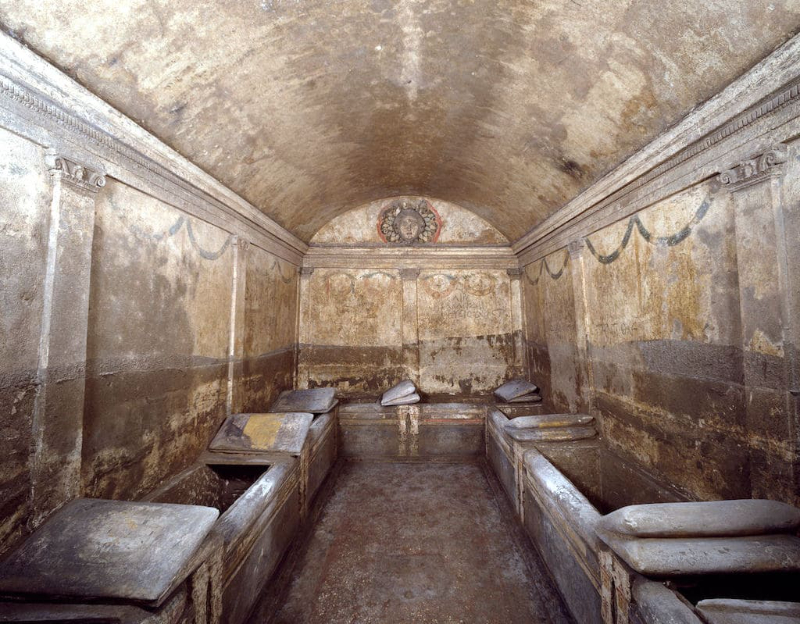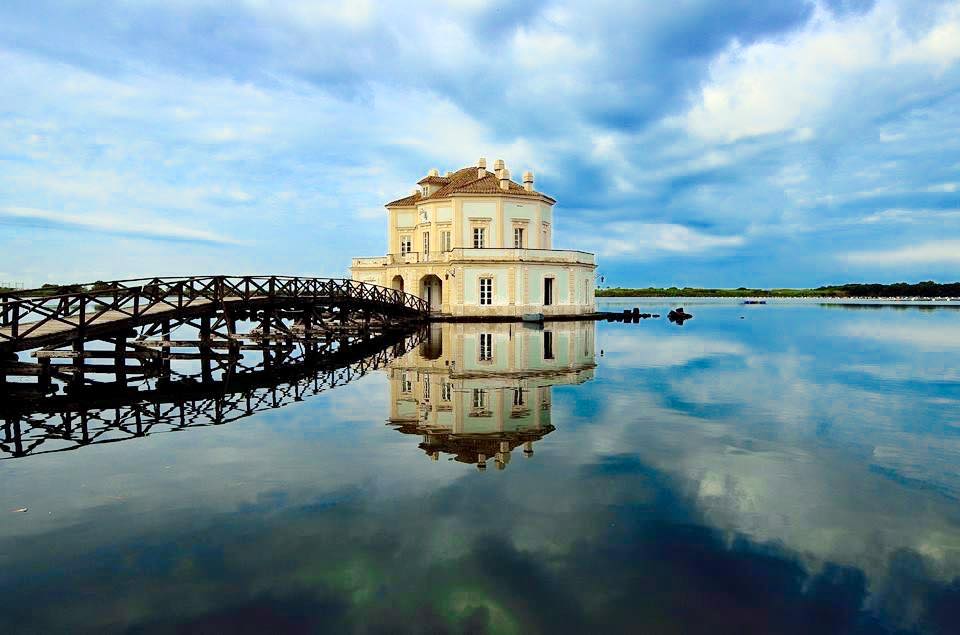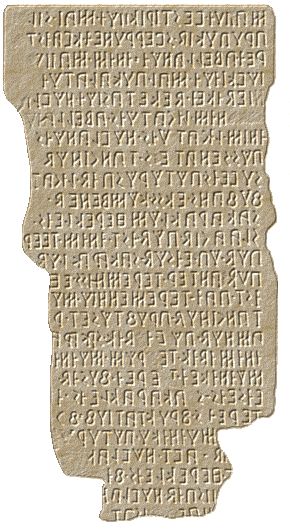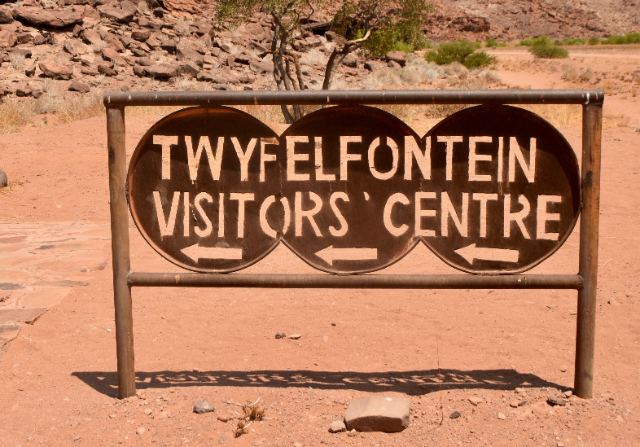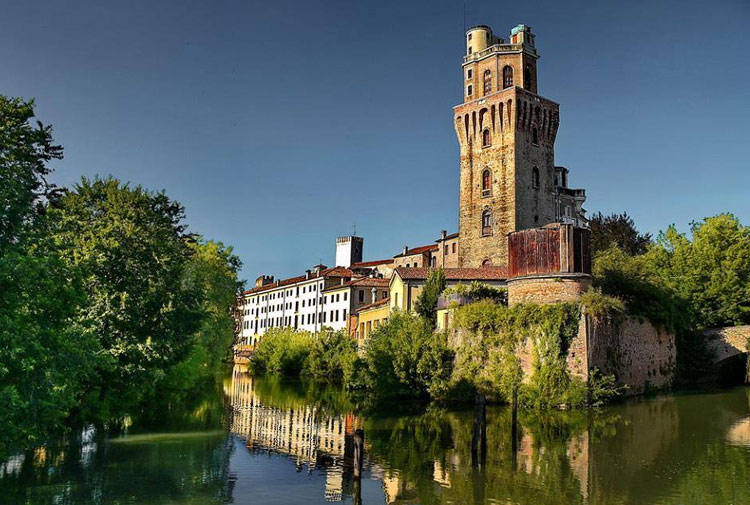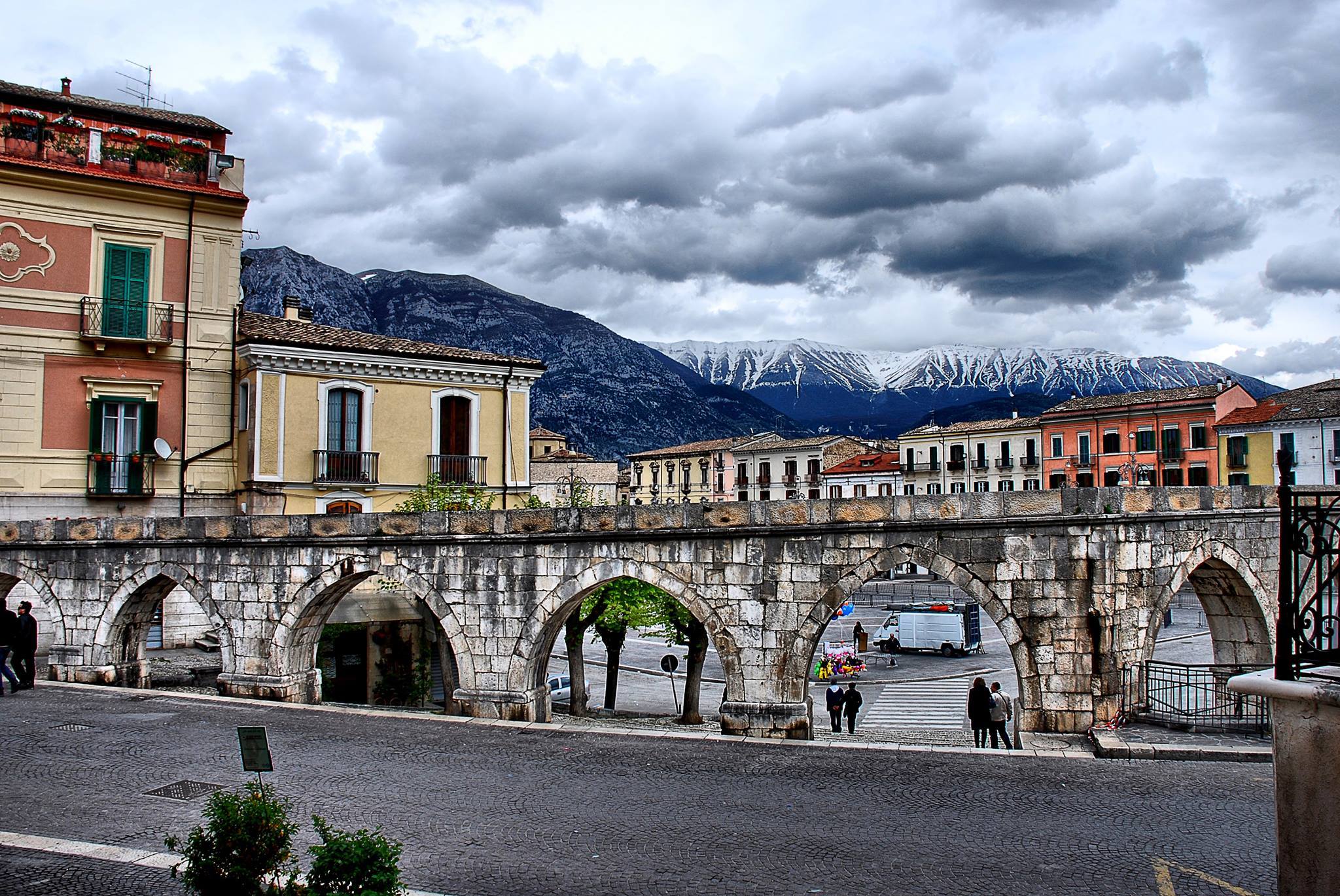The Hypogeum of the Crystallines, a Hellenistic necropolis, is a rare and incredible testimony to Hellenic painting and architecture, located in the heart of the Sanità-Vergini district. The four spaces of the Hypogeum reveal to visitors a world that is still alive, rich in decoration and exquisite trompe l’oeil effects. Also on display is the rich collection of ancient artifacts and vases still beautifully preserved.
A journey back in time 2300 years: an experience that will allow visitors to descend into the mysterious "underworld," contemplating the extraordinary beauty of ancient art and crafts, understanding the timeless meaning of life and death, love and care, family and friendship.
The history of the Hypogeum of the Crystallines goes back more than 2,300 years. The area of the Virgins, within the Sanità district, has been used as a necropolis since the 4th century B.C., first with the excavation of chamber tombs (via dei Cristallini, vico Traetta, via Santa Maria Antesaecula), later with the construction of catacomb cemetery complexes (San Gennaro, San Gaudioso, San Severo) finally with the destination of an immense quarry as an ossuary (Le Fontanelle). The Greeks, who then inhabited the city of Neapolis when it was still part of Magna Graecia, created a number of funerary hypogea, building tombs underground in which the remains of the ancient inhabitants of the Neapolitan city rested for millennia. Prominent among these hypogea are the four tombs "dei Cristallini," so called because they are located underground in Via dei Cristallini and are located, to be precise, under the ancient palace of Baron Giovanni di Donato.In fact, in 1889 Baron Giovanni di Donato, searching for water or tufa in the subsoil of his family palace found instead a treasure trove of Hellenic painting and architecture. Today it is possible to access the Hypogeum from inside house number 133 on Via dei Cristallini.
